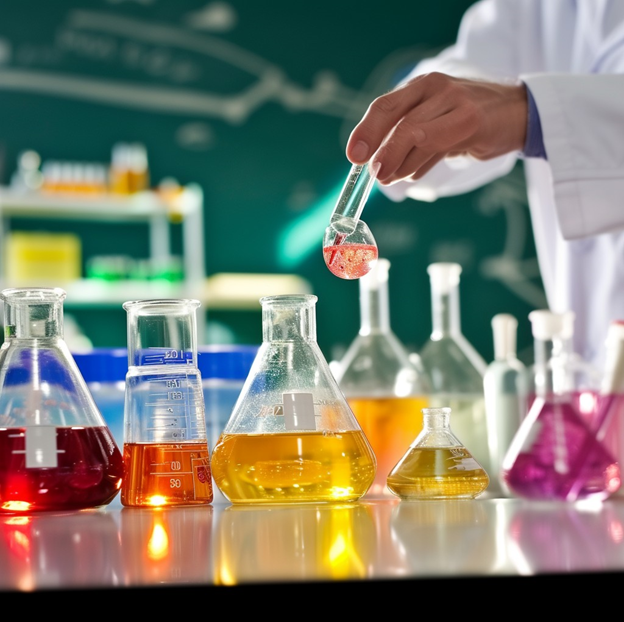Green Chemistry and Inorganic Synthesis: Creating Sustainable Solutions
September 17, 2024 2025-01-16 12:14Green Chemistry and Inorganic Synthesis: Creating Sustainable Solutions
In today’s era, sustainability is not just a word to pronounce. It is a necessity. The demand for chemicals and materials is rising daily because of the growing population and industrialization. The rising demand leads to numerous environmental challenges. Traditional chemical processes involve toxic solvents and consume vast amounts of energy. To overcome these challenges, the concept of green chemistry comes into existence. The main of green chemistry is to create more sustainable and environmentally friendly chemical processes. Inorganic synthesis is a pivotal area where green chemistry principles are making a significant impact.
Understanding the green chemistry concept
Green chemistry, also known as sustainable chemistry, is the design of chemical products and processes that reduce or eliminate the utilization and generation of hazardous substances. In short, the ultimate aim of green chemistry is to create chemical processes that are efficient and eliminate their environmental footprint.
The role of organic synthesis
Inorganic synthesis consists of building inorganic compounds, which can involve simple salts or complex metal coordination compounds. These compounds are pivotal in numerous industries, including catalysis, material science, medicine, and electronics. Traditional methods of inorganic synthesis often involve harsh conditions, such as high temperatures, high pressures, and toxic reagents or solvents.
Introduction of green approaches in inorganic synthesis
Solvent Free Reactions
One of the primary aims of green chemistry is to eliminate solvent usage. In organic synthesis, researchers are working on or developing solvent-free methods. These methods not only minimize the environmental impact but also enhance reaction efficiency and selectivity.
Utilization of Renewable Feedstock
Green chemistry prioritizes the usage of renewable feedstock. Inorganic synthesis can involve the utilization of bio-based feedstock or recycling metals from waste materials. For example, plant-based ligands are used in coordination chemistry or to recover precious metals from electronic waste for reuse in catalytic processes.
Atom Economy
How efficiently chemical reactions can convert reactants into useful products with minimal waste can be measured via atom economy. By designing reactions that incorporate all atoms from the starting materials into the final product, inorganic synthesis strives to maximize the atom economy.
Conclusion
Finally, we can say that Green chemistry is shaping inorganic synthesis by introducing more sustainable and eco-friendly methods.




